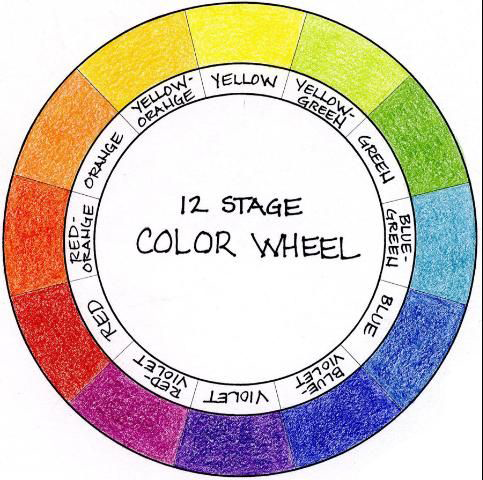Wendy’s Wanderings

Color Questions
February 12, 2025
When I worked in a landscape nursery, I was often asked for plants “with color.” My first thought was always, Could you be more specific? To guide the conversation, I’d ask, What colors do you like? Do you want colorful flowers or vibrant foliage? Many gardeners find color to be one of the trickiest design elements to navigate, so additional questions are essential before selecting plants for the landscape.
Consider these key factors when choosing colorful plants:
The Home and Hardscape Features – What is the color of your house, fence, or patio? Do you want your plants to blend in harmoniously or provide a striking contrast? If plants are placed close to the home, contrasting colors are usually the best choice for visual interest.
The Purpose of the Landscape – Is your yard used for entertaining or children’s play? If so, bright and lively colors add energy and excitement. If the space is meant to be a peaceful retreat, opt for calming, muted hues.
Time of Use – When do you spend the most time outdoors? If you enjoy your garden in the evening, white, silver, and other light colors will glow beautifully after sunset. Lighter shades also stand out in shady areas, while deep or bright colors hold up better in full sun.
Garden Style – The style of your landscape can influence your color choices. In Florida, tropical gardens thrive with bold, intense hues. Contemporary gardens often incorporate unexpected colors and metallic accents in containers. Cottage gardens, on the other hand, favor pastels and soft spring shades.
Color is often described in terms of temperature. Cool colors—such as blue and purple—create a sense of calm, while warm colors—like red, yellow, and orange—are energizing and dynamic. A color wheel is a helpful tool when designing a landscape palette. Opposite colors on the wheel, such as yellow and violet, red and green, or orange and blue, are complementary and create bold contrast. Colors next to each other, like red and orange or purple and pink, are analogous and blend harmoniously.

Here are some quick insights into common colors:
- White – The most versatile color, easily visible in the evening.
- Purple – A cool, calming color.
- Blue – A restful, tranquil hue.
- Red – A warm, energizing color.
- Yellow – Cheerful and uplifting.
- Orange – The most intense color, full of warmth.
- Green – The most restful color for the eyes; acts as a neutral in the landscape.
Remember, color schemes can shift throughout the year depending on what’s in bloom, so don’t be afraid to experiment. Seasonal plantings allow you to refresh and redefine your garden’s color story with each season. Whether you prefer a bold, tropical mix or a serene monochromatic look, let color be a reflection of your personal style and how you want to feel in your outdoor space.
— Wendy Wilber
